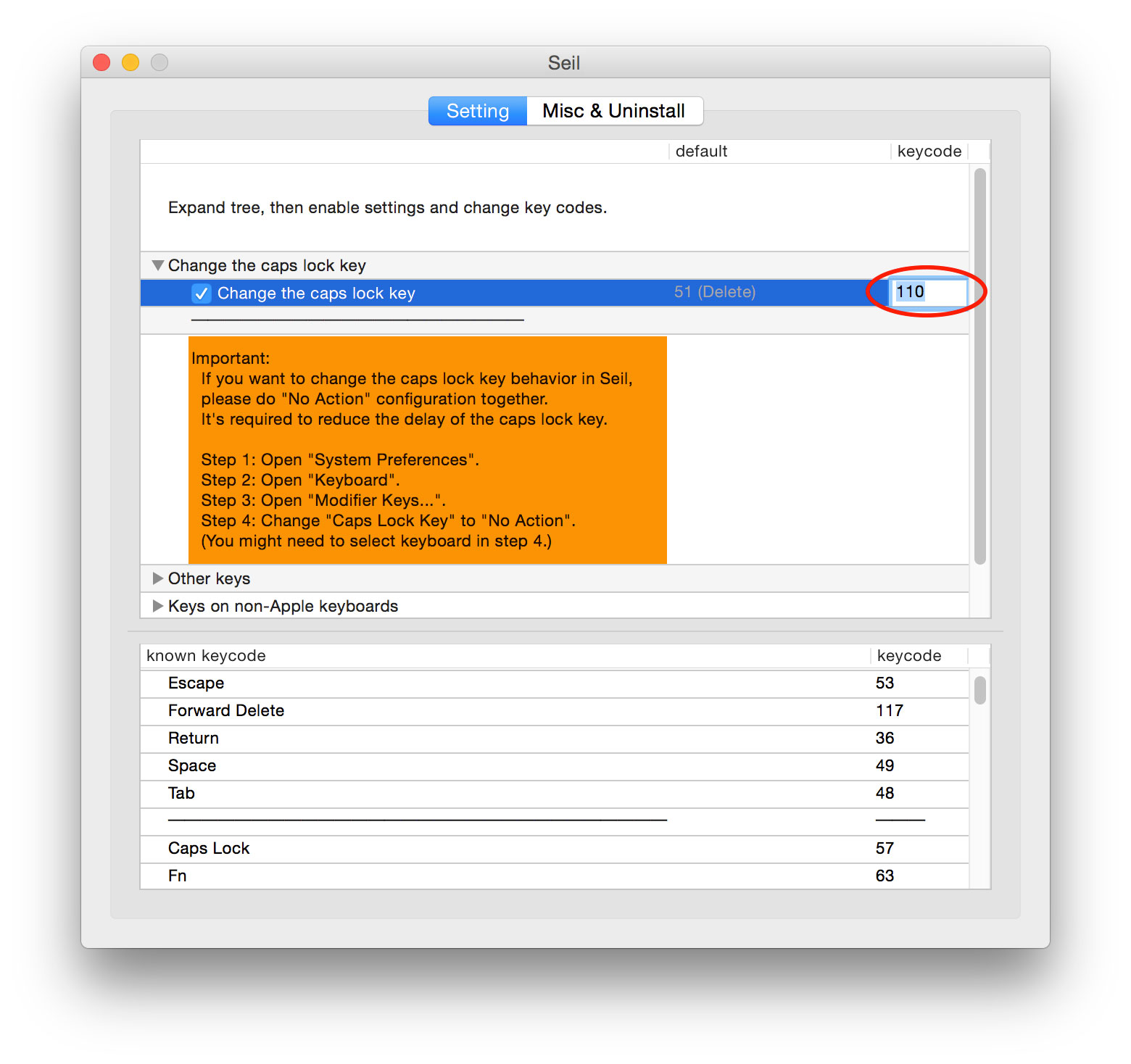

Kernel text exec base: 0xfffffe0027b8c000ĬORE 0 recently retired instr at 0xfffffe0027cf64d0ĬORE 1 recently retired instr at 0xfffffe0027cf64d0ĬORE 2 recently retired instr at 0xfffffe0027cf64d0ĬORE 3 recently retired instr at 0xfffffe0027cf64d0ĬORE 4 recently retired instr at 0xfffffe0027cf64d4ĬORE 5 recently retired instr at 0xfffffe0027cf500cĬORE 6 recently retired instr at 0xfffffe0027cf64d4ĬORE 7 recently retired instr at 0xfffffe0027cf64d4 The following is the crash report: panic(cpu 5 caller 0xfffffe0027cd84d0): "pmap_tte_remove: non-zero pagetable refcount: pmap=0xfffffdf03a5265c0 ttep=0xfffffdf1758d4408 ptd=0xfffffdf144c423c0 refcnt=0x1"

I will uninstall Karabiner Elements for now and wait for the developer to fix the issue. Uninstalling Karabiner Elements solves the problem, and reinstalling Karabiner Elements makes it crash again, so it is highly likely that Karabiner Elements is the cause. However, I know there is a crash because the system shows the crash report every time after the restart. In the latter situation, at first glance I cannot tell whether the restart is due to a crash or it is a "successful" restart. The system restarts due to the crash no matter whether I choose to shut down or restart.
Karabiner elements disable caps lock plus#
(If you want to easily switch Vim Mode Plus on and off, you can add a profile in the “Profiles” tab without any modifications.After I installed Karabiner Elements on the new Apple silicon MacBook Air, the system crashes during the shutdown process. I’ll try to keep this list up-to-date though. Seeing that I keep tweaking my Karabiner setup, there might be even more when you read this.

I and A leave NORMAL mode at the cursor.To leave NORMAL mode you can use any of these: Press V again to go back to NORMAL mode or D, Y, C or X to cut, copy, change or delete the selection.

Switch to VISUAL mode with V, in which you can select text with the navigation keys.Undo and redo with U and ctrl+ R respectively.Delete 1 character forward and back with X and shift+ X respectively.D D, Y Y and C C cut, copy and change the current line To get a sense of what this looks like on the inside, open the JSON file in the ~/.config/karabiner/assets/complex_modifications folder: One configuration that I liked from there is the one that disables all right-handed keys when holding the right shift key and the left-handed keys with the left shift, forcing you to use the proper shift:Ĭlick the blue “Import” button to go straight to Karabiner:Įt voila, you have your first complex modification set up. The easiest way to do that is through Karabiner’s complex modifications repository. Better to add JSON files in the ~/.config/karabiner/assets/complex_modifications folder instead. Karabiner stores it’s current setup in ~/.config/karabiner/karabiner.json, but edits directly in that file may get overwritten if you change settings from the interface. Importing complex modifications into Karabiner-Elements But that was just the “Simple modifications” tab. Let’s fix that:Īnd to teach you to actually use this instead of the original esc key, disable the latter: You’re probably familiar with the concept of a keyboard’s home row: the row where your fingers will sit when at rest- A through L… But what is caps lock doing there? Who needs it, in this day and age? On the other hand, esc-which you use intensively, especially when working with Vim-is about as far away from the home row as you can get. Let’s start off easy: map caps lock to esc. When you then run /Applications/Karabiner-Elements.app (or just search for “karabiner” in Spotlight or Alfred), you’ll be greeted with an empty slate:


 0 kommentar(er)
0 kommentar(er)
